What is the tolerance range of precision screws?
What is the tolerance range of precision screws?
Service Hotline
+86760-8787 8587We have more than ten years of production experience in the screw industry, the main products are: V-shaped rib bolts, enterprise copper nuts, 4-inch hand-tightened nuts, self-locking stop washers, sealed waterproof standoffs, lengthened joint nuts, plywood nuts, Hexagonal half-tooth screws, red steel paper flat washers, insulating struts, disc spring washers, cross head screws and bolts, GB859, butterfly saddle type non-slip, butt screw rivets and other fasteners, due to the different materials and specifications of the products Different, the price is also different, if you need, please contact us.


The use of the screw is mostly used in plastic molding equipment, such as plastic profile extruders, injection molding machines, etc. Screw and barrel are the core components of plastic molding equipment. It is the part of heating extrusion plasticizing. It is the core of plastic machinery. Screws are widely used in machining centers, CNC machines, CNC lathes, injection molding machines, wire cutting machines, grinding machines, milling machines, slow wire walking, fast wire walking, PCB drilling machines, engraving machines, engraving and milling machines, spark discharge machines, tooth bite machines , planer, large vertical lathe gantry milling, etc.
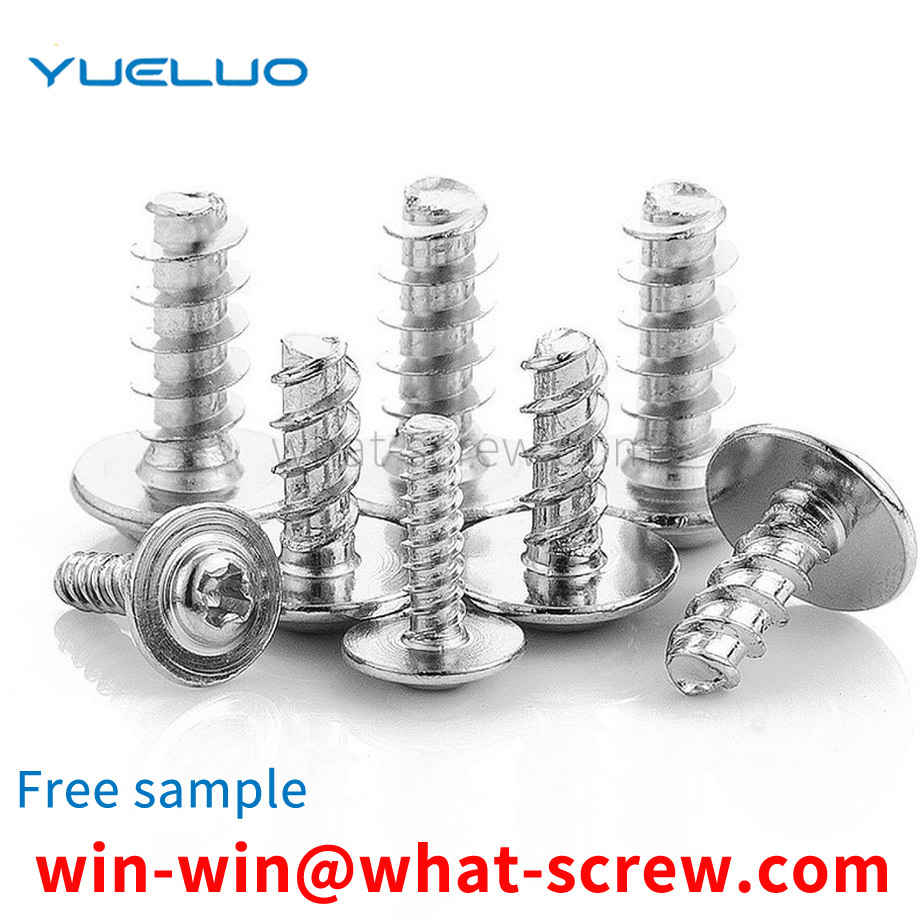
Commonly used screw materials in my country are No. 45 steel, 40Cr, ammoniated steel, 38CrMOAl, superalloy, etc. 1) No. 45 steel is cheap and has good processing performance, but poor wear resistance and corrosion resistance. Heat treatment: quenched and tempered HB220-270, high-frequency quenched HRC45--48. 2) The performance of 40Cr is better than that of No. 45 steel, but it is often plated with a layer of chromium to improve its corrosion resistance and wear resistance. However, the requirements for the chrome plating layer are relatively high. If the plating layer is too thin, it is easy to wear, and if it is too thick, it is easy to peel off. After peeling off, it will accelerate the corrosion, and it has been rarely used. Heat treatment: quenched and tempered HB220—270, hard chrome plated HRC>553) nitrided steel, 38CrMoAl have excellent comprehensive properties and are widely used. Generally, the nitride layer reaches 0.4-0.6 mm. However, this material has low resistance to hydrogen chloride corrosion and is relatively expensive. 4) The superalloy material is superior to other materials. This material does not need coating, and is mainly used for the raw halogen-free screw of injection molding machine. The material has high oxidation resistance and corrosion resistance.
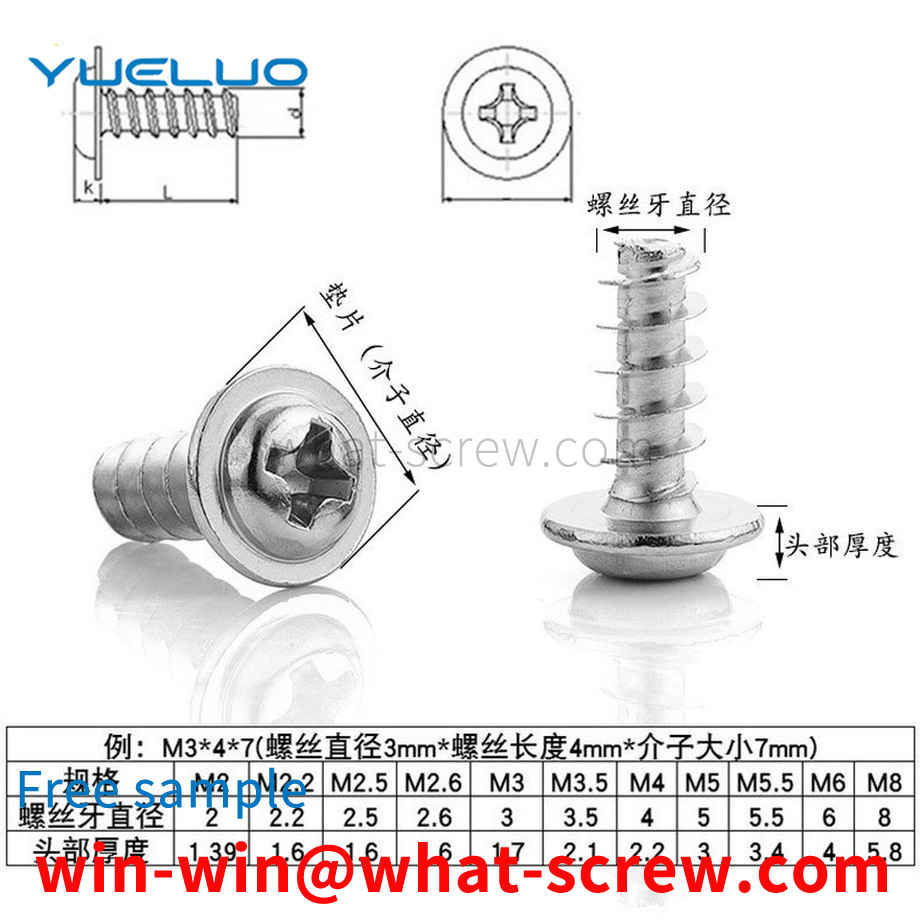
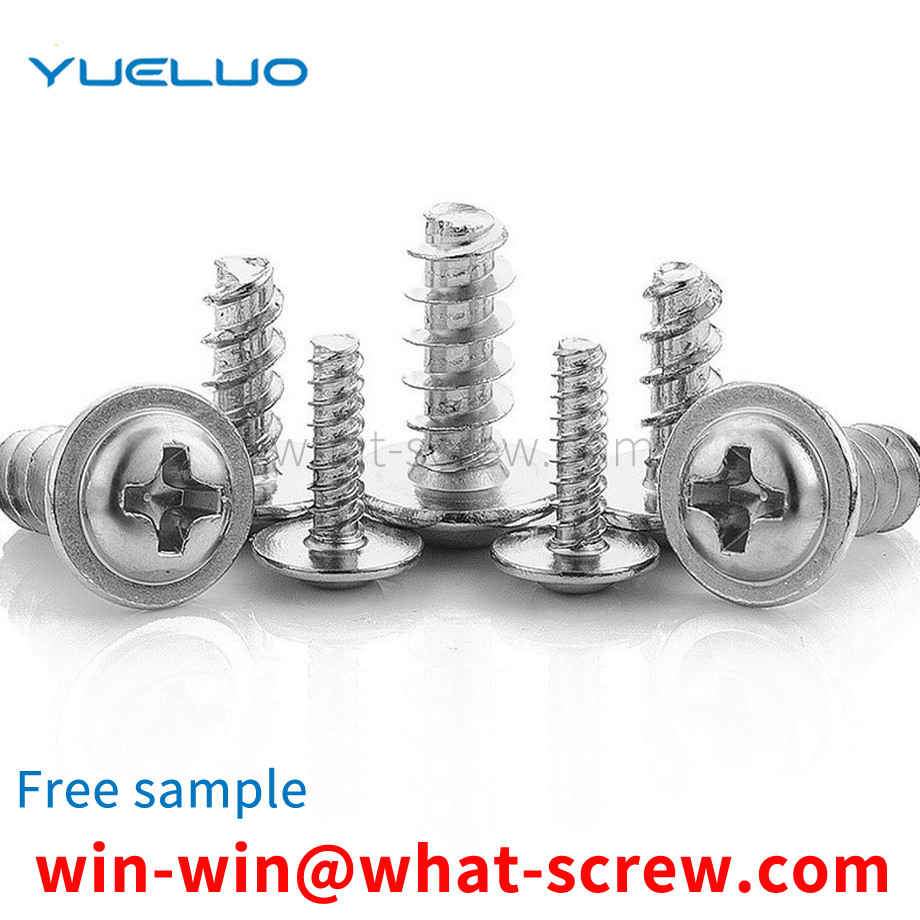
High-strength fastener materials mainly include ML35, 35K, ML40Cr, ML35CrMo steel, etc., of which 75ML35CrMo steel is imported. The main problems of the material are box segregation, decarburization, cracks and so on. The material needs to be spheroidized and annealed before cold forming, and the annealing is carried out in an oil furnace. There is no protective atmosphere in the furnace, and there is a decarburization phenomenon. 1.2 The high-strength fasteners, mainly grade 12.9, are quenched and tempered on the chain casting furnace production line. The temperature and atmosphere in the furnace are controlled by computer, and Rx gas is used as a protective atmosphere. Heating and anti-oxidation and decarburization can be effectively controlled, and the quality of the fasteners is intact during the heating process. The high-strength fasteners mainly of grade 8.8 are quenched and tempered on the vibrating hearth furnace. Affected by the structure of the vibrating hearth furnace, the sealing performance of the furnace is poor, the Rx atmosphere is not easy to control, the temperature difference of the furnace is large, and the parts are heated in the furnace. The collision and the length of time are inconsistent, and the quality of the fasteners during the heating process is poor, and there are phenomena such as decarburization, bumps, and uneven heating.
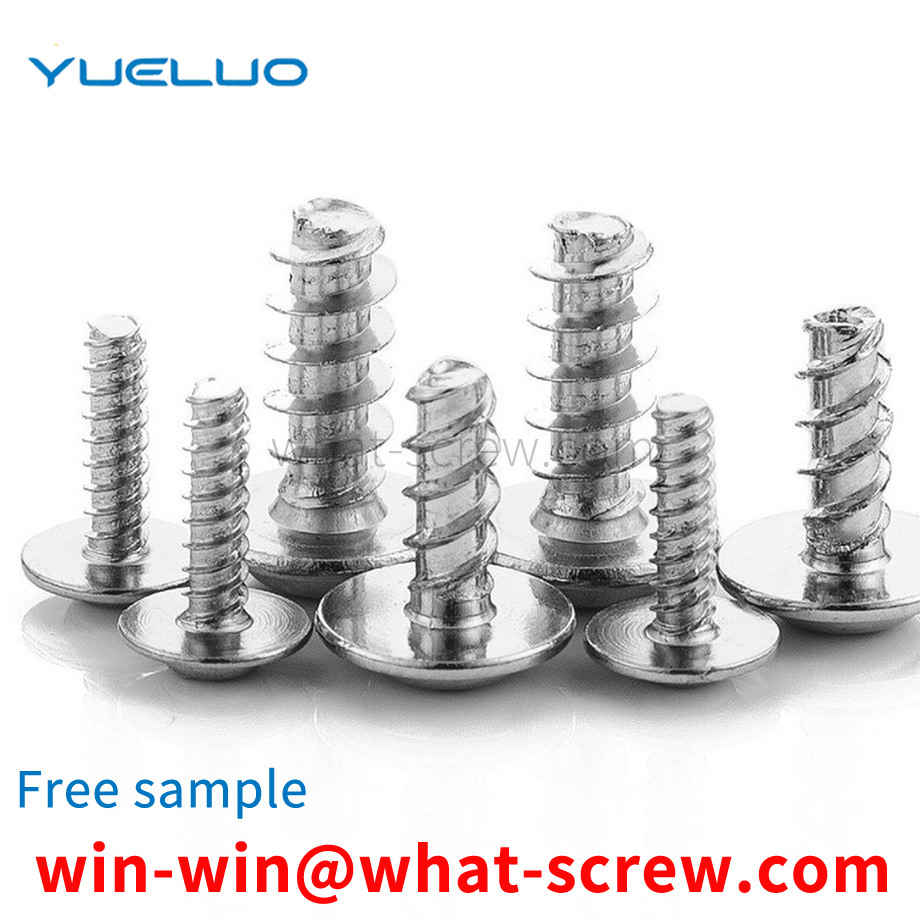
Bolt: A mechanical part, a cylindrical threaded fastener with a nut. A type of fastener consisting of a head and a screw (a cylinder with an external thread), which needs to be matched with a nut to fasten and connect two parts with through holes. This form of connection is called a bolted connection. If the nut is unscrewed from the bolt, the two parts can be separated, so the bolt connection is a detachable connection.
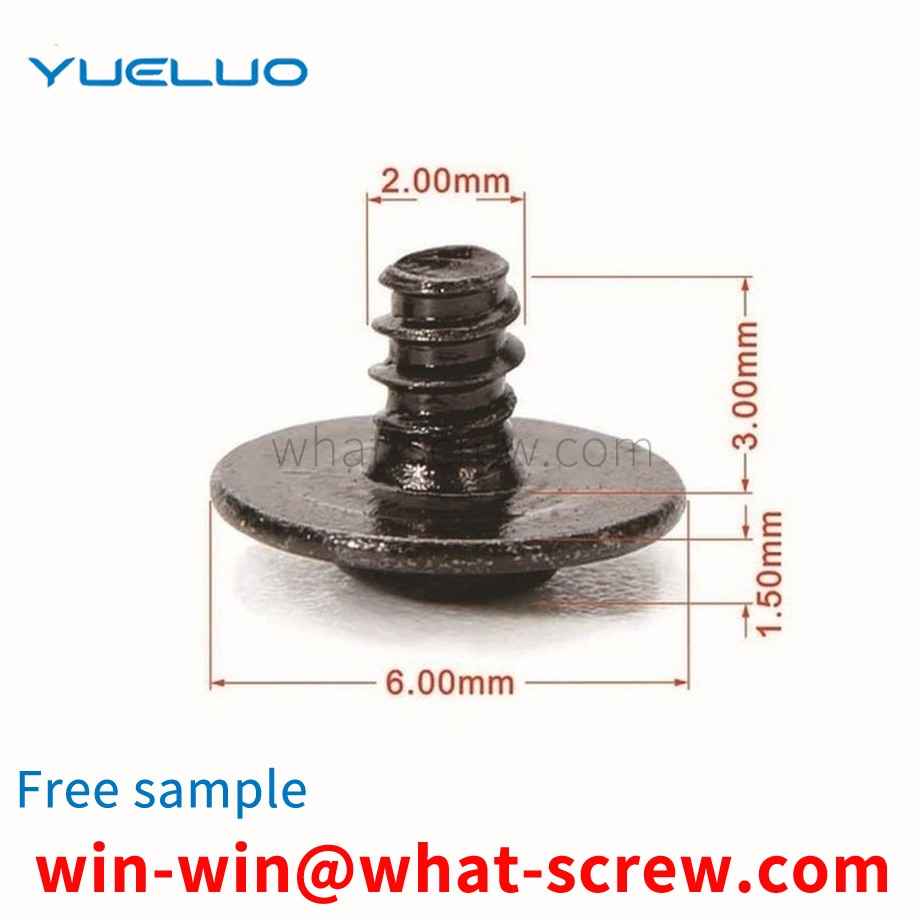
The above content is uploaded by Yueluo or the Internet. If there is any copyright issue, please contact [email protected].

What is the tolerance range of precision screws?

How to choose the right stainless steel screw manufacturer?

Why is there an R angle under the head of the hexagon head s...

We have more than ten years of production experience in the ...

We have more than ten years of experience in the production ...

We have more than ten years of experience in the production ...

We have more than ten years of experience in screw industry ...